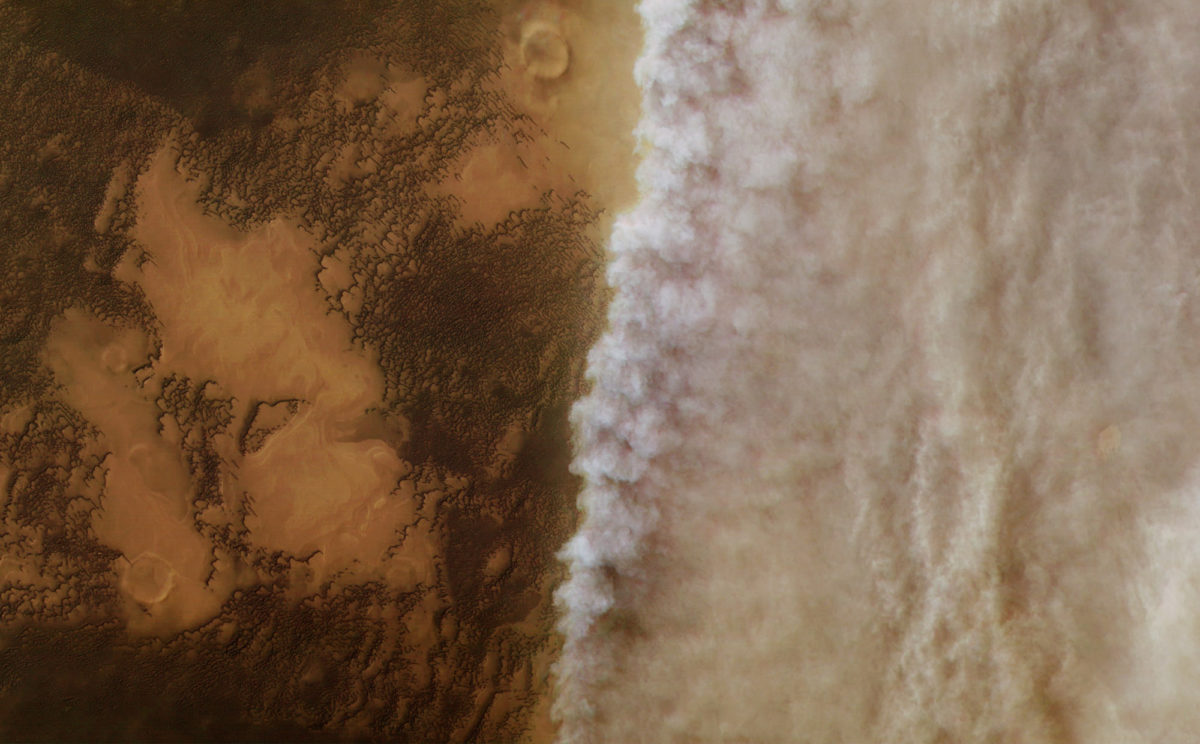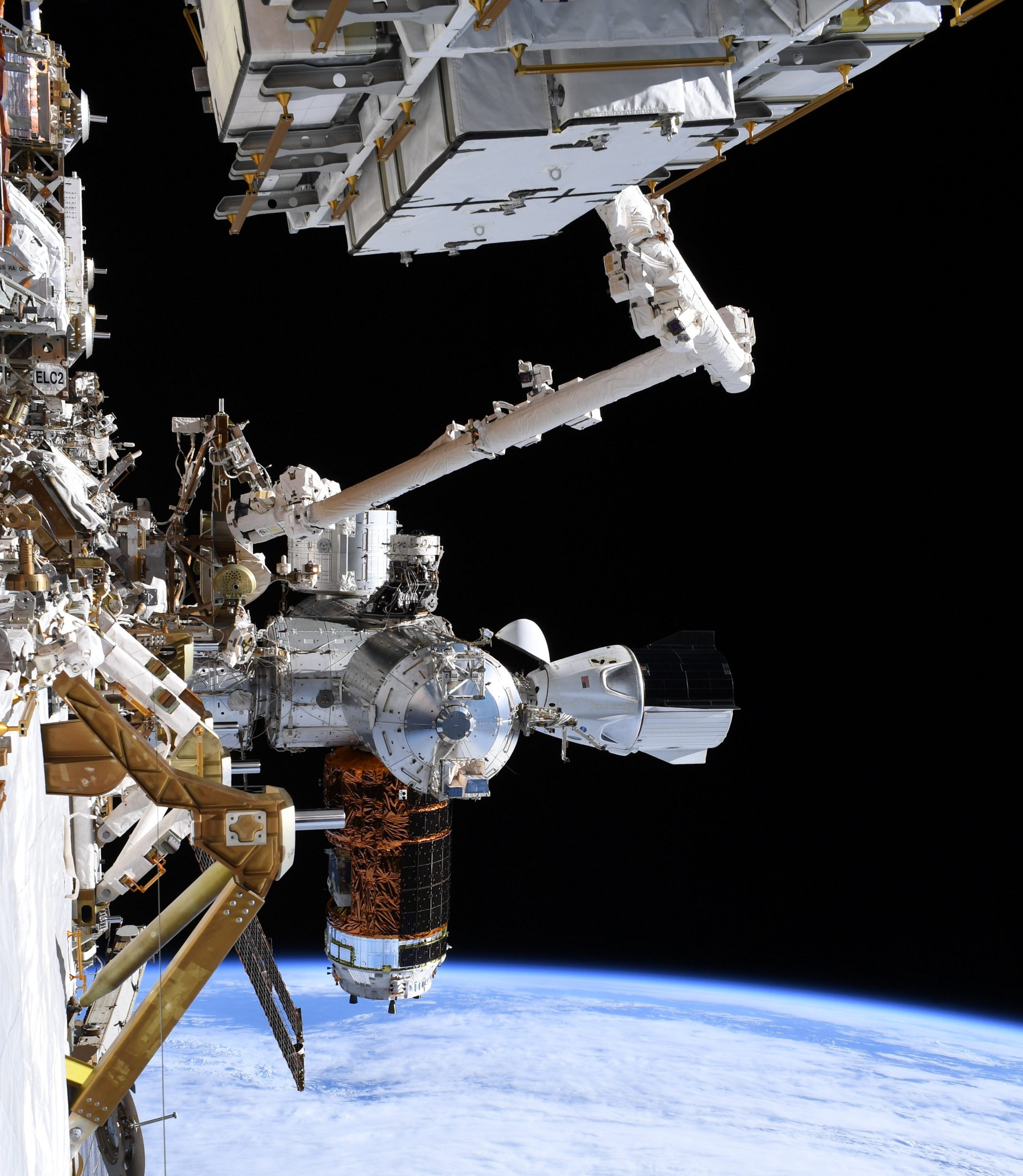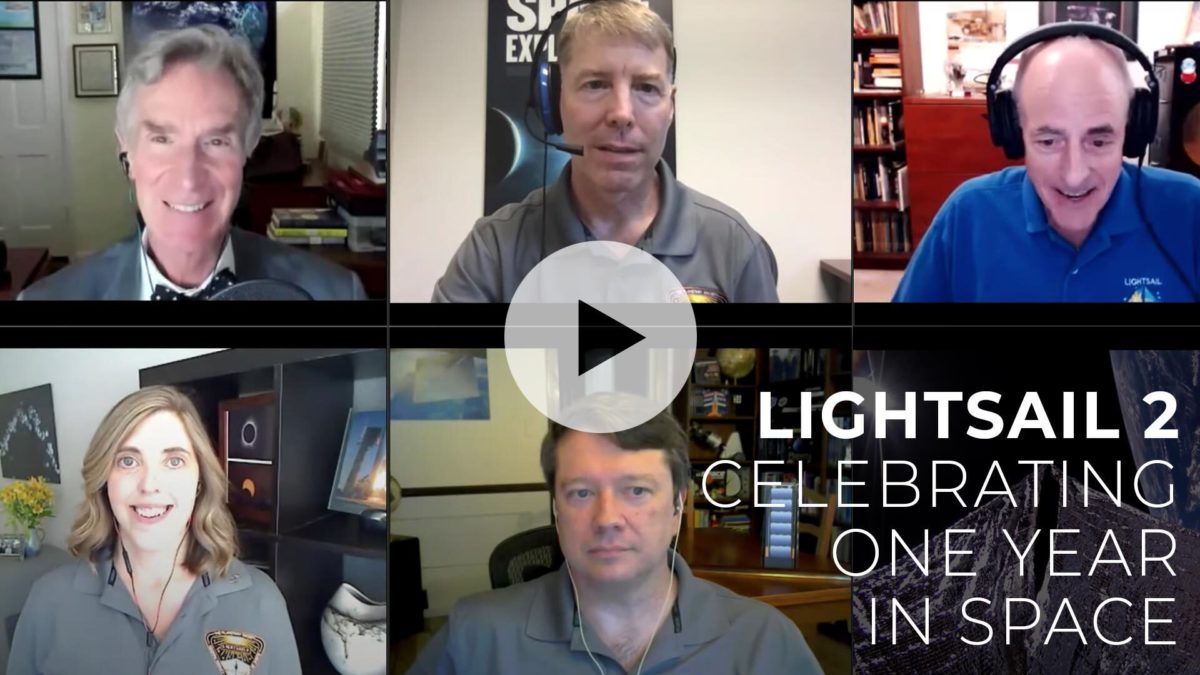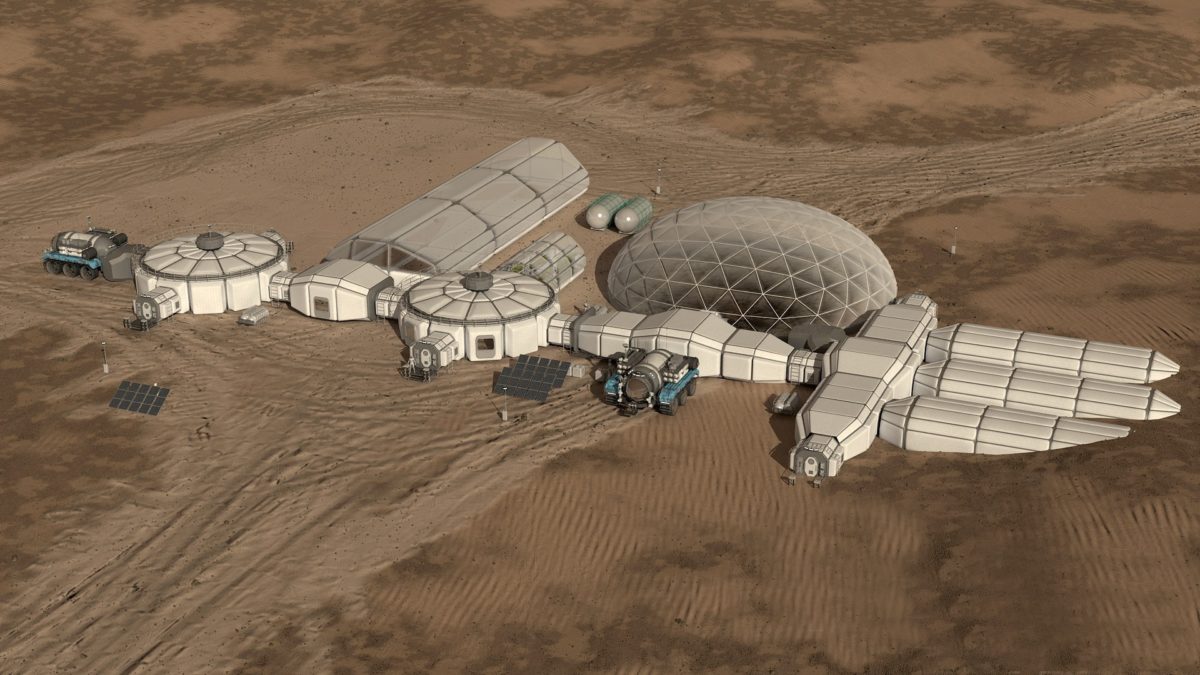The Downlink • Jul 03, 2020
Mars in all its glory, and a planet as hot as a star
Space Snapshot

Several new academic papers provide insight into the 2018 global Martian dust storm that ended NASA’s long-lived Opportunity rover mission. This image, taken by the European Space Agency’s Mars Express spacecraft, shows another Martian storm from that same year. Researchers were able to study where the dust came from and where it settled—insights that will ultimately be helpful for future human exploration. Learn how and why we explore Mars. Image credit: ESA/DLR/FU Berlin.
You love space, now take action
This weekly newsletter is your toolkit to learn more about space, share information with your friends and family, and take direct action to support exploration. Anyone can subscribe at planetary.org/connect to receive it as a weekly email.
Mission Briefings


NASA astronauts Chris Cassidy and Bob Behnken completed 2 spacewalks to replace aging batteries on the outside of the International Space Station (ISS). NASA and its international partners have been swapping out 48 nickel-hydrogen batteries with 24 modern lithium-ion units since 2017. The next set of battery replacement spacewalks is expected later this month. Learn how the ISS helps prepare humans for deep space missions. Pictured: A spectacular view from the spacewalk. Image credit: NASA.

The launch of NASA’s Perseverance Mars rover has been delayed to at least 30 July 2020 due to a problem seen when its Atlas V rocket was filled with propellant during a “wet dress rehearsal” test. NASA did not offer specifics, but United Launch Alliance CEO Tory Bruno said the problem is being fixed. Perseverance’s launch window extends to 15 August 2020. Learn about all 3 missions launching to Mars in our comprehensive, updated launch guide. You can share it and refer to it using the URL planetary.org/mars2020.

NASA, the Royal Australian Air Force, and the newly created U.S. Space Force will share data from a telescope in Australia to find and track potentially hazardous near-Earth objects. The primary job of the telescope, which is in the process of being moved from the U.S. to Australia, is to track Earth-orbiting space objects and debris from the southern hemisphere. Learn how The Planetary Society helps protect our planet from dangerous asteroids.

NASA’s TESS spacecraft found an exoplanet that orbits so close to its star, the planet’s temperature reaches 4,300 degree Celsius (7,800 degrees Fahrenheit)—hotter than the surfaces of some stars. The planet, KELT-9 b, receives 44,000 times more energy from its star than Earth does from the Sun. Learn how and why we study exoplanets.

NASA completed structural testing of its new Space Launch System (SLS) rocket by intentionally destroying a liquid oxygen test tank filled with water. The test allowed engineers to capture data showing how the rocket responds to extreme stress during flight. The Planetary Society visited the SLS structural test stands during our tour of southern U.S. NASA centers in 2016.
From The Planetary Society


Pop the champagne! Our citizen-funded LightSail 2 spacecraft has officially completed its primary mission. Having successfully demonstrated solar sailing for cubesats, LightSail 2 is now in extended mission operations. Tune into last week’s live video discussion with Bill Nye and members of the LightSail 2 mission team to learn all about the mission, what we’ve learned from it, and what’s next.

This week China’s Chang’e-4 rover completed its 19th lunar day roving on the Moon’s far side, reaching a total distance of almost half a kilometer. We’ve got the scoop on this and much more in this recent episode of Planetary Radio, which takes a look at all of China’s ongoing planetary missions.
What's Up

There’s a lot going on in this week’s night sky! Jupiter and Saturn rise a couple of hours after the moon, followed by Mars and Venus later in the night. Uranus and Neptune are both visible as well, but you’ll need binoculars to spot them.
Martian Merch

Gear up for July’s Mars launches with some awesome Planetary Society apparel! This Venn diagram t-shirt design reminds us that the more we learn about the Red Planet, the more we come to understand our own home. The Planetary Society and our members around the world help strengthen this connection. Every purchase from our online store directly supports our mission to explore worlds, find life, and defend Earth.
Wow of the Week

With COVID-19 still keeping many of us at home, it’s a great time to dive into a simulated Martian habitat. With the SIMOC web interface, you can design your own Mars habitat and then run a simulation to find out if your astronauts would survive. By choosing life support systems, crew quarters, plants to clean the air and provide food, and more, you can learn a lot about just how complex and delicate extraterrestrial habitats are. You might even find a new appreciation for your own home, even if you’re tired of being there! Image credit: SIMOC/Bryan Versteeg.
Do you have a suggestion for the Wow of the Week? We’re looking for space-related art, music, gadgets, quotes, fashion, burning questions, brief sci-fi passages, or anything else that will make our readers go “Wow!” Send us your idea by replying to this email, and please let us know if you’re a Planetary Society member.


 Explore Worlds
Explore Worlds Find Life
Find Life Defend Earth
Defend Earth


